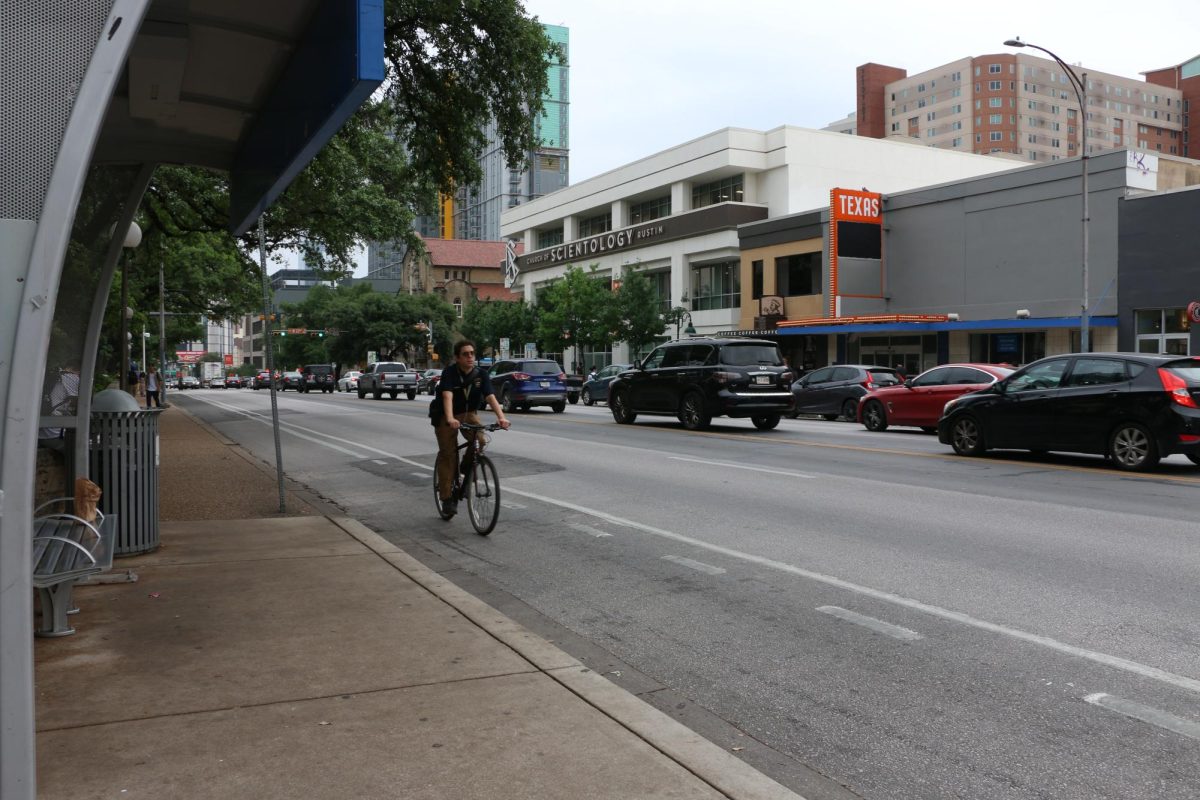The city of Austin and the University are collaborating to study how green spaces in schoolyards impact children’s health and activity.
On Thursday, Austin City Council approved an agreement allowing the University to study schools with “green features,” including trees, patches of grass and trails. The city of Austin and the University of Texas Health Science Center are collaborating to study how green spaces in schoolyards impact children’s health and activity. The City of Austin Parks and Recreation Department and The Michael & Susan Dell Center for Healthy Living at the UTHealth School of Public Health in Austin were awarded the research grant this summer and began the study in September, said Kevin Lanza, the principal investigator of the study.
Melody Alcazar, an Austin Parks and Recreation Department program coordinator, said the study focuses on areas of the city that lack access to natural ammenities such as parks and gardens. She said the results of the two-year study will show how infrequent exposure to nature impacts children’s health.
“Austin has a very big history of inequity,” Alcazar said. “As we seek to improve our citizen access in nature, we tend to see things clustered because of the historical inequities that were put upon those communities.”
Lanza said they chose to study Barrington, Cook and Odom Elementary Schools because more than 80% of students are Hispanic and come from low-income backgrounds. Lanza said this population scored low on nature equity, which measures how much access these communities have to nature.
“We find that specific populations of children in Texas are moving less than others,” Lanza said. “Only 6% of Latino fourth graders in Texas are meeting the physio-activity guidelines. We are finding that high temperatures may be another barrier for children being active.”
Lanza said this study is relevant because car emissions, dark pavement and building materials elevate city temperatures and contribute to public health issues related to heat exposure.
To conduct the study, Lanza said he places ten temperature sensors around schoolyards to monitor heat variation. He also straps elastic belts with an accelerometer and a GPS device onto 40 third and fourth graders at each school before they go out to play. Lanza said the study measures the correlation between the local heat of yard, the students’ movement and their interaction with the space.
“Working with the kids makes it real,” Lanza said. “Before this study, I would just work behind a computer screen, but when you administer your study on site, you meet the third and fourth graders and see who it’s really for.”
Alcazar said this study is part of the park department’s larger Cities Connecting Children to Nature initiative, which is working to equitably install green spaces in urban areas. He said increasing the amount of natural areas in cities helps more than just heat reduction.
“There are really no downsides to it,” Alcazar said. “You can improve the air quality, people’s mental and physical health, cooperativeness and it really has so many more benefits. There are tons of studies out there that show you don’t have to have a sprawling park, just a greener schoolyard to receive those benefits.”
Editor's Note: This article has been updated to add information about the grant that was provided for this research.





















